I am attempting to repurpose the (electronic) ballast contained within a CFL lamp to power a UV-C bulb (mercury discharge, uncoated tube) for disinfection purpose, and out of general interest in fluorescent lamps.
I opted for repurposing a ballast from a CFL due to difficulties in procuring parts (or a whole ballast actually) and because the wattage of CFL is usually a lot lower than common long tubes, which is more appropriate for the small UVC tubes I am hoping to get (<15 watts).
I have opened and extracted the eletronic ballast, which was still functional. It has very short leads hooking it up to the original bulb. Upon replacing those leads with longer (~8 in) and attaching the four leads to a linear 4-watt bulb, nothing happened upon power up. I have removed the linear bulb and re-attached the original coiled bulb, still with the leads, and nothing still attached. (I will now try removing the leads and try again, essentially coming back to the orignal device). Below is the wiring schematics used (~8in leads length).
Could the lead length impact the electronic circuit? Could there be a polarity to the bulb? (Will try asap, but am under the impression there is no polarity.)
I understand the electronic ballast is a current limiting circuit with an integrated starter. In this case, it is an instant start since when working normally, the bulb striked an arc immediately (there was no apparent heating first and glow before getting the light on).
For the length, I have seen several sketchy videos were much longer length were used (although each pair was twisted) for longer tubes.
Possible follow-up question: Assuming it is a instant start type, why would there be 4 leads (2 for each sides of the bulb)?
Please note that due to the COVID situation I am isolated with absolutely no tools or multimeter (I had to purchase an el-cheapo iron for this project).
My question is similar to this one: Using a CFL ballast to power 9W UV tubes, in the sense that I also want to repurpose a CFL ballast for powering a tube different than the original intended.
